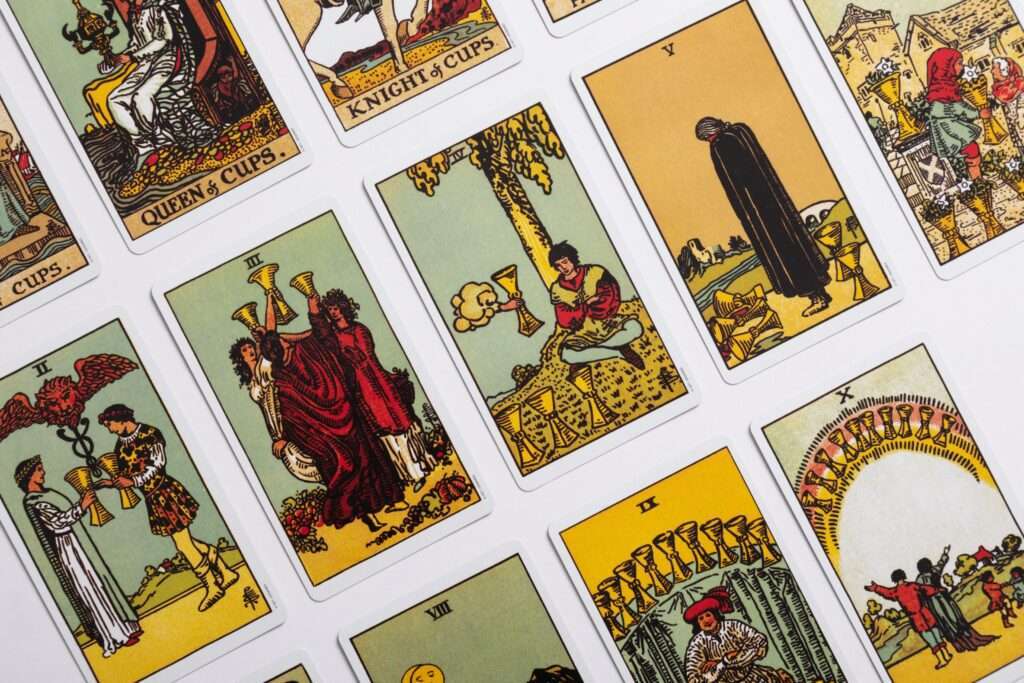
By Karl Houghton: Editor

could it be time for the bull to re-appear?
Japanese companies see India as a key long-term interest, whilst India eyes up global political, economic and strategic interests…
With excitement over the advent of another new year, the most seasoned of investor will start spending some time considering where to place their best bets over the next 12 months. The Game continues.
Diversification is always a key consideration, as is remaining conversant with any Cultural influence and environments feature heavily within those countries when selecting where to invest or indeed where to spend earnings.
For those building cultural currency alongside the financial, consideration of the enriching influences behind and impacted by financial decisions is equally weighted against the dividends accrued.
Right now, a keen spotlight appears to be turning towards Indian stocks and Japanese bonds, they are powering ahead and set to become a feature in many a portfolio over the next 12 months. It is worth noting that India for instance is set to reach second place in the global index around 2030, if it stays on track.
There are perpetual lights scanning the horizon for opportunity of course, but this one appears to be strobing across the Asian sub-continent with the brightness of a quasar, although flickering, but still.
Those with a keen eye will have noticed the Japanese government hinting at a change in approach to the now-normality of ultra-low (negative) interest rates; and whilst the hint was feint, usually indicates changes are afoot.

Turning Negatives into Positives
Textiles, Transportation
and Internet services become key
Japanese Interest may be about to enter positive territory

我慢
The Japanese term of “gaman” originating from Zen Buddhism, translates as patience, tolerance and perseverance. It is a national virtue and an important driver in Japanese lifestyle. To the western mind, especially when considering financial decisions, the act of waiting often takes second place after Bullishness.
The bulls are waiting in the wings, ready to break their leash. After three decades, Japan seems to on the edge of a Bull Market.
Is it seen as a weakness? Not at all. After all, the BOJ (Bank of Japan) usually changes policy towards the end of known global cycles, which is somewhat revealing and indicates a focus that is unsurpassed, driven by the need to not make mistakes in front of an audience.
Kazuo Ueda, Bank of Japan Governor recently stated on Bloomberg Television, “Inflation expectations have followed a moderate upward trend…if there is an impact on our price outlook, that could lead to policy changes”
With positive interest rates potentially on the horizon… opportunity beckons. For foreign investors this signals a green light, at least in part, to consider buying bonds in the short term. Although, financiers might have to remain sharp, with the footwork of a swordsman to not trip up.
Continued below…
They should adopt an open, but defensive stance.
Is Sustainability key?
Sustainability is probably in the top 10 most important words on planet earth right now, playing out in many guises and across every sector.
Investors could be forgiven for thinking that betting on well-known, non-green countries is a risky manoeuvre, but with foresight this does not have to manifest as true.
The spotlight lands on India, where the average consumer has a higher concern than your average person when it comes to green matters, despite the infrastructure in many parts of the country not being geared towards these goals, yet.
Like the Japanese, it could be another mindset that translates into the business leaders of the future. Indeed, without a keen eye on sustainability, it is believed that the future may not manifest as hoped. A scary thought for some, an opportunity for others. It depends on how you look at it.
Morality is key here.
For foreign (and more-so for domestic participants) investors in India, decisions will be geared towards continued earnings growth and re-election of Prime Minister Narendra Modi.
But for those with patience and good eye for savvy, they will be looking toward the pioneering model of economic development that is starting to be noticed by the global elites.
By 2030, India aims to produce 50% of their electricity from renewable sources. Many will not know that the average Indian household also uses less than a third of the electricity that their Western Counterparts. If this is a blueprint for other developing economies that translates into industrial growth, then the opportunities are boundless.
This is a society is geared towards tolerance and liberalism, so the promotion of growth and opportunity for incoming investors is providing an opportunity for them to help make the transition of this economy into worlds second place.
More Below…
MOVING ALONG FASHIONABLY

You are reading this article on the internet, by the time you finish reading another 700 or so people will have joined the audience. As the triad of logistics, textiles and internet industries take the lead across Asia so does the spending potential for Asia’s people.
People get richer, they want to look good. They are now starting to afford it.
Fashion savvy, business smart entities are already using this framework to overtake many western brands, who, lets be frank are starting to lose their place in the pecking order. A survey by McKinsey found that 75% of Asian consumers would decline a brand if there was better value elsewhere.
Again, sustainability is part of the upbringing of modern Asian youth, and with a domestic market logistically-tuned to provide resources in house, where the savings result in opportunities to provide better quality.
Enter stage India’s top fashion retailer and luxury brand business, Allen Solly. With their Pioneering western wear and Friday Dressing fashion concept. When it comes to Japan, UNIQLO takes their turn on the stage. Clearly, as domestic consumption continues to grow, leveraged by a growing transport infrastructure, internet services sector and textiles industry, the grip Western fashion had on Asia is not as tight as it once was. Whether the big brands of Italy, UK and the USA have the will-power to match this growth remains to be seen.
Photo & Art Credits: Marinaphotocz (Green man),Hans Eiskonen (Bull)

















